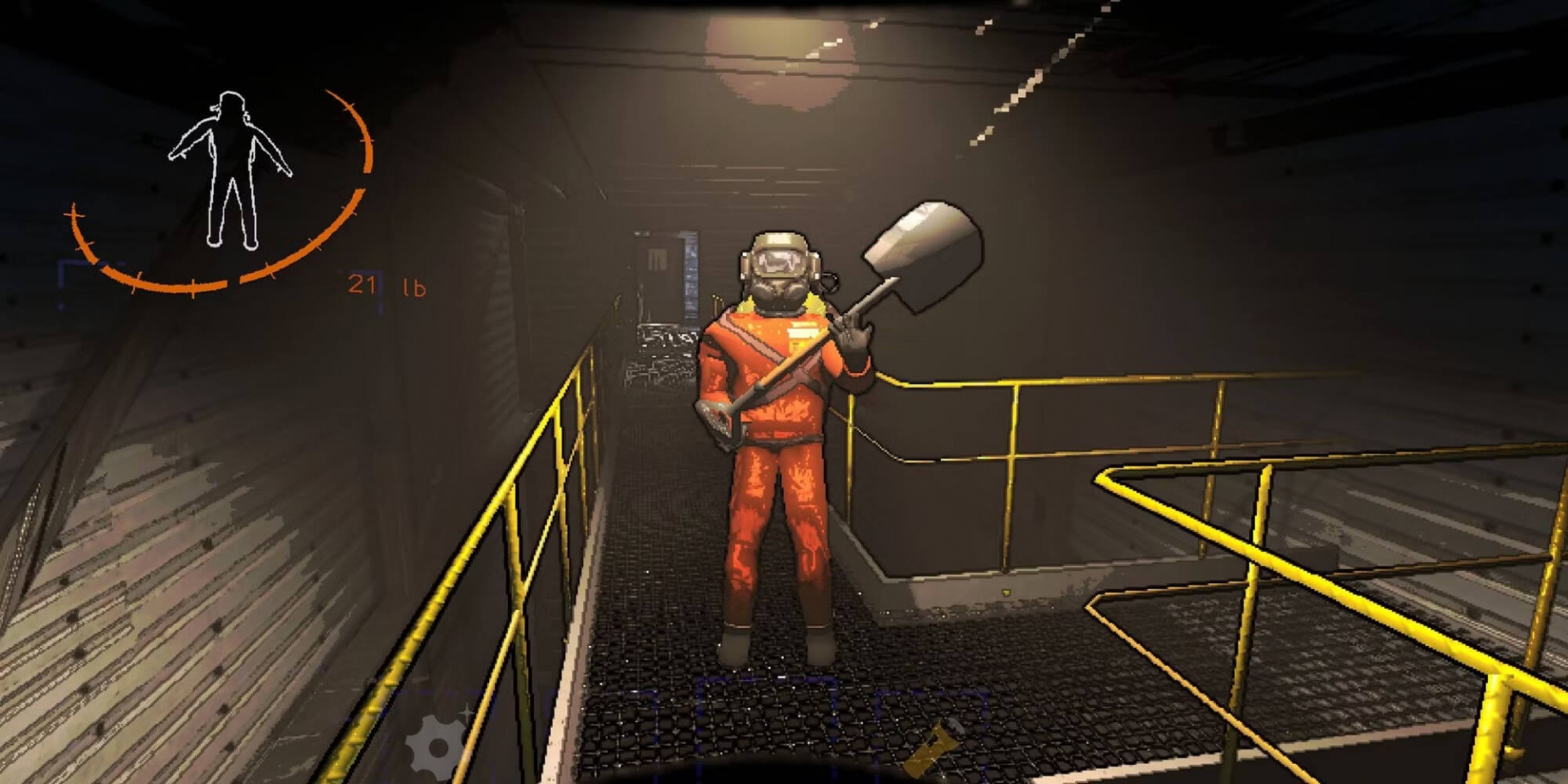The Emergence of Cooperative Horror Games
The origins of cooperative horror games can be traced back to the early 2000s, when developers began exploring the potential of multiplayer gameplay to amplify the tension of horror experiences. Unlike traditional single-player horror titles that rely on isolation and vulnerability, cooperative horror games leverage teamwork and collaboration to create a unique environment filled with shared fear and excitement. Titles such as “Left 4 Dead” established important foundations for the genre, emphasizing the necessity of teamwork in overcoming formidable adversaries, thus paving the way for subsequent games.
As the genre evolved, it incorporated various elements that enhanced the horror experience, such as diverse character abilities and strategic gameplay. For example, in games like “Dead by Daylight,” players assume different roles—both survivors and killers—each contributing uniquely to the dynamic of the game. This interplay not only fosters a sense of camaraderie among players but also cultivates an atmosphere of tension where allies must constantly work together to escape perilous situations. The thrill of shared adrenaline is amplified by the unpredictable nature of cooperative gameplay: players commonly rely on communication and strategic planning, intensifying the emotional stakes as they navigate treacherous environments.
The growing popularity of cooperative horror games can be attributed to various demographic trends, particularly the rise of online gaming communities. As technology has advanced, enabling seamless online interactions, more individuals are drawn to engaging in multiplayer formats. This shift has fostered a vibrant ecosystem where players bond over shared experiences while confronting virtual fears together. Moreover, platforms like Twitch and YouTube, where cooperative horror gameplay is frequently streamed, have played a significant role in popularizing the genre, allowing audiences to witness the tension and excitement firsthand. As a result, titles, such as “Lethal Company,” have harnessed these developments, attracting diverse player bases eager for immersive, cooperative horror experiences.
What Makes Lethal Company Stand Out?
Lethal Company has garnered significant attention in the cooperative horror gaming genre, distinguishing itself through a unique amalgamation of immersive gameplay mechanics, innovative design elements, and engaging narrative aspects. One of the game’s standout features is its meticulously crafted environment. The game immerses players in diverse and intricately designed locations that play an integral role in building an unsettling atmosphere. Each setting is not only visually striking but also functions as a strategic playground where players must navigate and make quick decisions under the pressure of survival.
Another notable aspect that sets Lethal Company apart is its sophisticated artificial intelligence (AI) for enemies. Unlike many other horror titles where enemies follow predictable patterns, the AI in Lethal Company is capable of adapting to player behavior. This element enhances the tension and fear, forcing players to remain vigilant and employ strategic thinking as they attempt to outmaneuver formidable foes. The unpredictability of these encounters significantly contributes to the game’s replayability, as participants cannot depend on memorized strategies for success.
In addition to its gameplay mechanics, Lethal Company excels in offering multiple game modes, catering to different player preferences and promoting varied experiences. Whether players are seeking short, adrenaline-pumping sessions or extended, strategic playthroughs, the diversity in game modes allows for a tailored experience. Furthermore, the community-driven aspect of Lethal Company boosts its overall appeal. Players have the opportunity to contribute custom scenarios and modifications, fostering a sense of ownership and engagement that many contemporary games lack.
Overall, the combination of innovative environment design, adaptable enemy AI, diverse gameplay modes, and community involvement creates a uniquely engaging experience that resonates with both casual and hardcore gamers. Lethal Company stands as a testament to how cooperative horror can successfully innovate within an established genre, making it a compelling title in modern gaming.
The Role of Community and Streaming Culture
The success of Lethal Company can be largely attributed to the vibrant gaming communities and the influential streaming culture that has emerged on platforms such as Twitch and YouTube. These platforms serve as crucial avenues for exposure, enabling gamers to share their experiences and highlight memorable moments that resonate with broader audiences. The interactive nature of streaming allows viewers to engage directly with gamers, fostering a sense of community that enhances player enjoyment and increases the game’s visibility.
Moreover, streams often showcase unpredictable, entertaining moments that are ripe for virality. When players experience heart-pounding twists or comedic disasters, these instances can become iconic clips shared widely across social media. The accessibility of sharing such content multiplies the game’s reach beyond the initial player base, attracting new players who seek to explore the thrill that Lethal Company offers. Viewers can easily become invested in the personalities of streamers, further driving interest in the game.
This phenomenon highlights how fan-generated content plays a pivotal role in shaping the reputation and growth of games like Lethal Company. As players create their own videos, artwork, or memes based on their experiences, they generate organic marketing that traditional advertising methods struggle to compete against. Such content not only serves as a gateway for new players but also reinforces the existing community’s bond, creating an ecosystem where shared experiences can flourish.
Ultimately, the symbiotic relationship between streaming culture and gaming communities has proven to be a powerful catalyst for Lethal Company’s viral success. This interconnectedness emphasizes the importance of community in modern gaming, as each player contributes to the narrative, amplifying the impact of individual experiences and maintaining the game’s momentum within a crowded market.
Future Trends in Cooperative Horror Games
The success of Lethal Company has sparked significant interest in cooperative horror games, offering valuable insights into potential future trends within the genre. One notable trend expected to shape the landscape is the integration of advanced technologies, particularly virtual reality (VR). As VR hardware becomes more accessible and developers refine their capabilities, we can anticipate more immersive experiences that transport players into terrifying environments, heightening the sense of tension and engagement. The ability to physically interact with the game world could transform cooperative gameplay, making players feel even more immersed in shared fear.
Moreover, we are likely to see an evolution in gameplay mechanics that emphasize teamwork and strategy. Lethal Company successfully demonstrated how players could collaborate to survive, which may encourage developers to explore more complex interactions that require players to communicate and coordinate effectively. Mechanics such as procedurally generated environments and dynamic AI designs could lead to unique experiences with each playthrough, increasing replayability and player retention. These innovative approaches could attract both veterans of the horror genre and newcomers seeking thrilling experiences.
Community engagement will also remain a cornerstone of the cooperative horror genre’s evolution. As seen with Lethal Company, active communities can breathe new life into games through feedback, modding, and shared experiences. Developers may harness social platforms and streaming services to foster stronger connections among players, allowing them to share strategies, stories, and even fan-made content. This emphasis on community involvement may drive the development of games that not only challenge players but also encourage collaboration beyond the confines of the game itself.
As we look ahead, the cooperative horror genre appears poised to innovate and captivate players through the integration of new technologies, evolving gameplay mechanics, and a focus on community engagement, ensuring its ongoing relevance in the gaming industry.


No responses yet